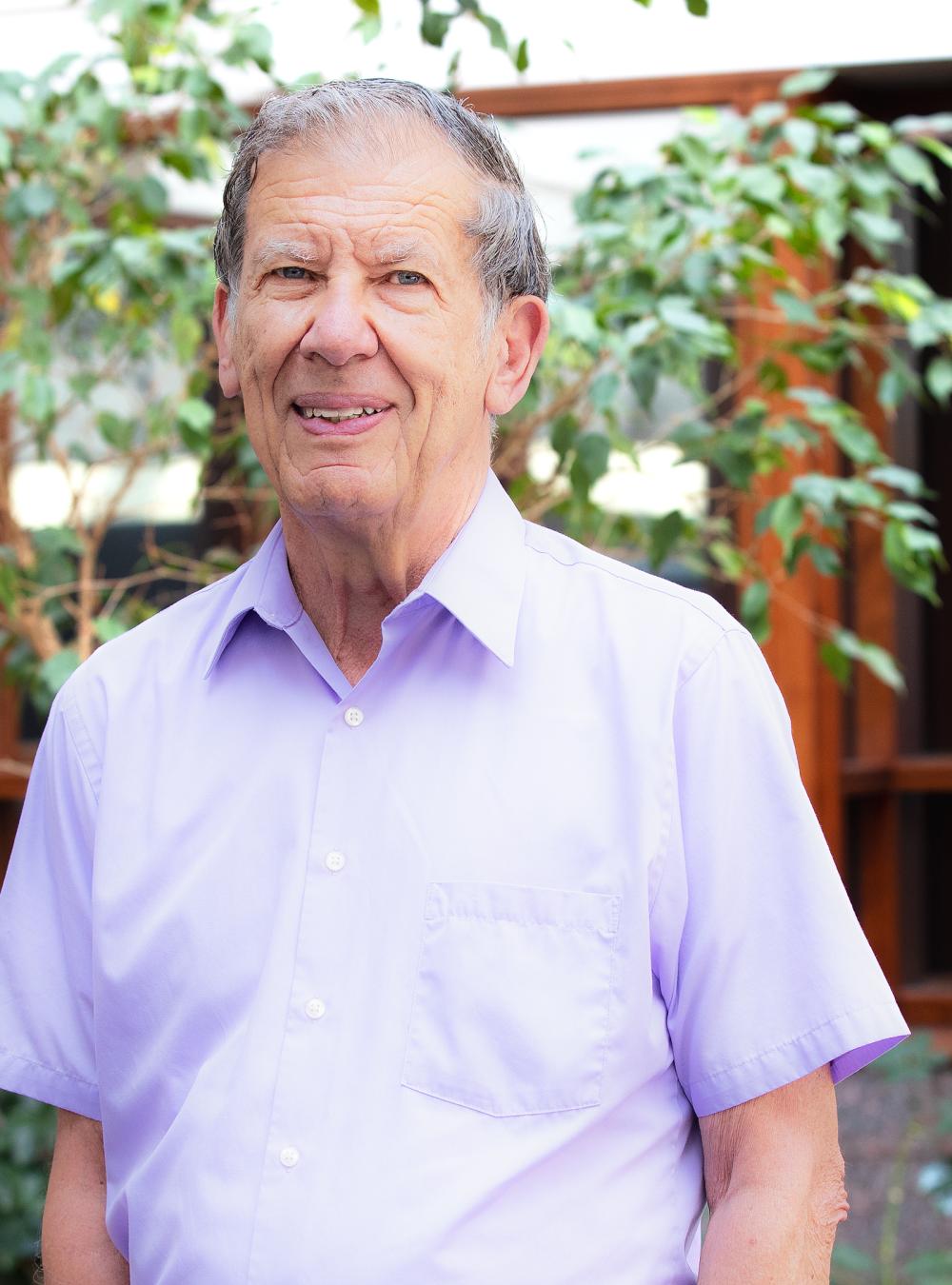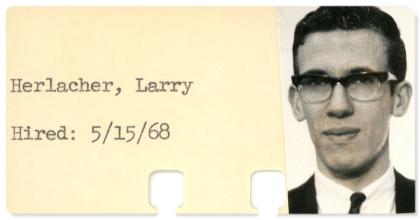Over more than five decades at MITRE, Larry Herlacher has circled the globe and put his engineering expertise to work—updating and enhancing our ability to make connections for a safer world.

After 55 Years, Engineer Continues to Connect Tech, Our Nation, and Our Allies

Fresh out of Cornell University in 1968 with a master’s degree in electrical engineering, Larry Herlacher chose MITRE—and never left.
Then just a decade in operation, MITRE “felt like a startup company,” he recalls. “But it also had an academic atmosphere—a place where I knew I could further my interest in computer science and artificial intelligence.” At the time, both subjects were still the early stages of development.
Today, Herlacher ranks as our employee with the longest full-time tenure, celebrating his 55th anniversary. Throughout his career, he’s been at the forefront of our work in domestic command and control, networking and data-link programs, and Foreign Military Sales projects for our allies. He’s currently a principal systems engineer in our Strengthening Coalition Capabilities department at our site at Hanscom Air Force Base.
“Larry’s intelligence, diligence, and professionalism have earned him the respect, and often the friendship, of thousands of colleagues and counterparts,” says Beneka Bali, group leader in Herlacher’s department. “Everyone is impressed by Larry, his expertise, and his humanity.”
Being onsite, working with a team of MITRE people and all of us working directly for the sponsor—I learned that being deeply involved at the front edge is where I always want to be.
Five Decades, Five Facts
Summing up such a long and rich career could take a book. So instead, we’re summing it up in five fast facts about Herlacher: his impact, innovation, and influence over 55 years (and counting).
-
Launching 407L. Herlacher’s first MITRE endeavor was the 407L project that led to the development of the Tactical Air Control System (TACS). The TACS was developed to allow the U.S. Air Force to plan, direct, control, and coordinate tactical air operations in deployed areas such as Southeast Asia.
The work involved acquiring and integrating deployable radars, control centers, and communications systems to identify air targets and direct-fighter aircraft. His work included being onsite at the contractor’s facility in Southern California, and later at Eglin AFB, to support testing.
Being onsite, working with a team of MITRE people and all of us working directly for the sponsor—I learned that being deeply involved at the front edge is where I always want to be,” he says.
-
Connecting ALCs. In the mid-1980s, as a project leader for automating and linking Air Logistics Centers (ALC), Herlacher was instrumental in installing some of the world’s largest local area networks (LAN)—serving a then-astonishing 7,000 users at each ALC.
Ethernet didn’t exist at the time, he explains. What did was a coaxial-cable network based upon the MITREnet technology installed in the MITRE buildings in Bedford. Implemented in around 100 buildings across the five ALCs and the Logistic Command headquarters at Wright-Patterson AFB over a five-year period, ALC was one of the largest projects at MITRE at the time.
-
Interoperability. Herlacher’s expertise in tactical data links put him front-and-center for a Red Team review of interoperability of equivalent systems between the Air Force and other U.S. services. These systems were deployed in what was known as the Southern California Test Bed.
“When we arrived on the scene,” he says, “it was still Link 11. Our team knew everyone was having huge problems with the software, with a lot of blame being thrown around.”
The Red Team’s recommendation was for the Air Force to “stand-down” and fix its software problems. Herlacher assumed leadership for the solution at our site at Camp Pendleton.
“We ran 24/7 software patching and fixing operations, got the Air Force back online, and succeeded in interoperability tests,” he says. The result was the first-ever data link interoperability testing, which led to the establishment of the Joint Interoperability Test Command (JITC) to ensure these issues never happened again.
-
Traveling for MITRE worldwide. Herlacher’s Foreign Military Sales (FMS) projects put him to work around the globe. As project leader or chief engineer for more than 15 individual projects, he’s hit the ground running in more than 60 countries—keeping interoperability efforts on track, supporting our allies, and forging productive relationships with international military leaders.
“We started out helping countries that knew nothing about Link 16,” Herlacher says. “There’s a whole set of activities required to address the infrastructure that’s required to make it operational in each country. One of the most important things with international work is to take the time to build strong relationships with each country and its people.”
-
Slowing down … or not. A few years ago, Herlacher decided to slow down. For him, this meant whittling down his activity to a mere 40 hours a week.
“I thought, yes, I’m really enjoying this—but now I have grandkids. I should think about cutting back,” he says.
The projects that first drew and ultimately kept Herlacher at MITRE for 55 years are too compelling to trade in for a full-time life of leisure, however.
“It may be a cliché,” he says, “but I’ve always felt that working at MITRE, I’m making a difference. I’ve been around the world and see such joy in people that I just can’t understand why we all can’t get along better.”
“At MITRE, I get to have a hand in bringing people, ideas, and technology together.”
Join our community of innovators, learners, knowledge-sharers, and risk takers. View our Job Openings.